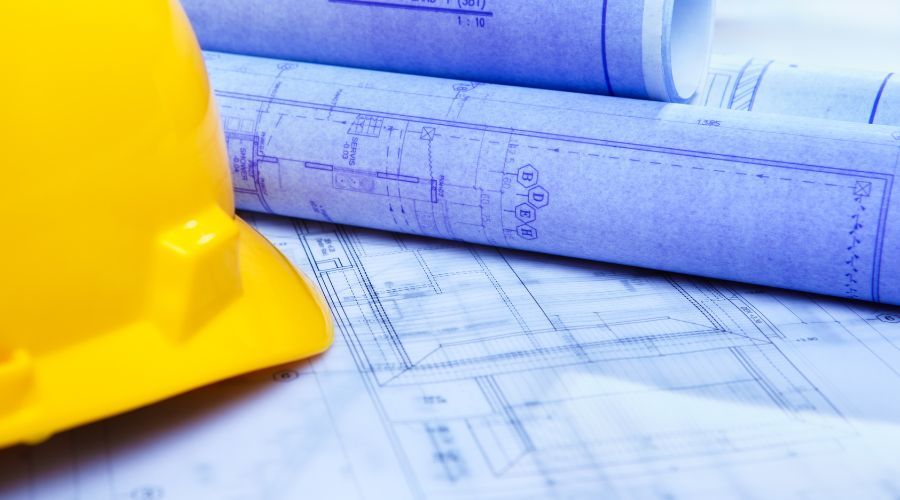Safety by design.
Safety by design is the concept of applying methods to minimize occupational hazards during the design process, with an emphasis on optimizing employee health and safety throughout the life cycle of the product or project. It is a concept that encourages Asset and Product designers, plus those who may affect the design, to ‘design out’ health and safety risks during design development.
Supporting the view that along with quality, programme and cost; safety is determined during the design stage and increases the cost-effectiveness of enhancements to occupational safety and health.
How Safety by Design fits into the Product & Asset design risk management processes.
Safety by Design includes the facilities' hardware, systems, equipment, products, tooling, materials, energy controls, layout, and configuration.
This cradle-to-grave assessment ensures Safety by Design has a significant impact on improving levels of safety and reducing direct and indirect costs throughout the life cycle of a product and asset both in terms of capital and operational expenditure.

In the UK, research has shown that approximately 64% of injuries sustained in the construction industry are due to poor design and that the failure to design and implement physical safeguards caused 35% of fatalities and more than 20% of non-fatal maintenance incidents within the petrochemical industry.
Safety by Design philosophy.
The overarching Safety by Design philosophy is to design products and assets which provide a high level of safety (inclusive of health and security) throughout their lifecycle; identify and comply with relevant legislation, codes, standards, company requirements and specifications; and to seek continual improvement in safety standards.
Shirley Parsons Senior HSE Consultant Tim Fowler says:
“The later we start with any corrective actions, the more costly the failure will be; thus, the idea is to identify potential issues and resolve them at the design stage, rather than once the product is series released.”
The top 5 benefits of applying a Safety by Design philosophy:
1. Reduced non-compliances.
Reduced contractual/legislative non-compliances, thus increased Quality.
2. Reduced workload.
Less safety related design changes at a later date.
3. Reduced cost.
Less man-hours spent on rectifying unnecessary mistakes, reduced needless wastage of materials.
4. More competitive product.
A very competitive market, so compliance, cost reduction and state-of-the-art are critical.
5. Increased profit.
Reduced costs, more competitive product, increased sales.
